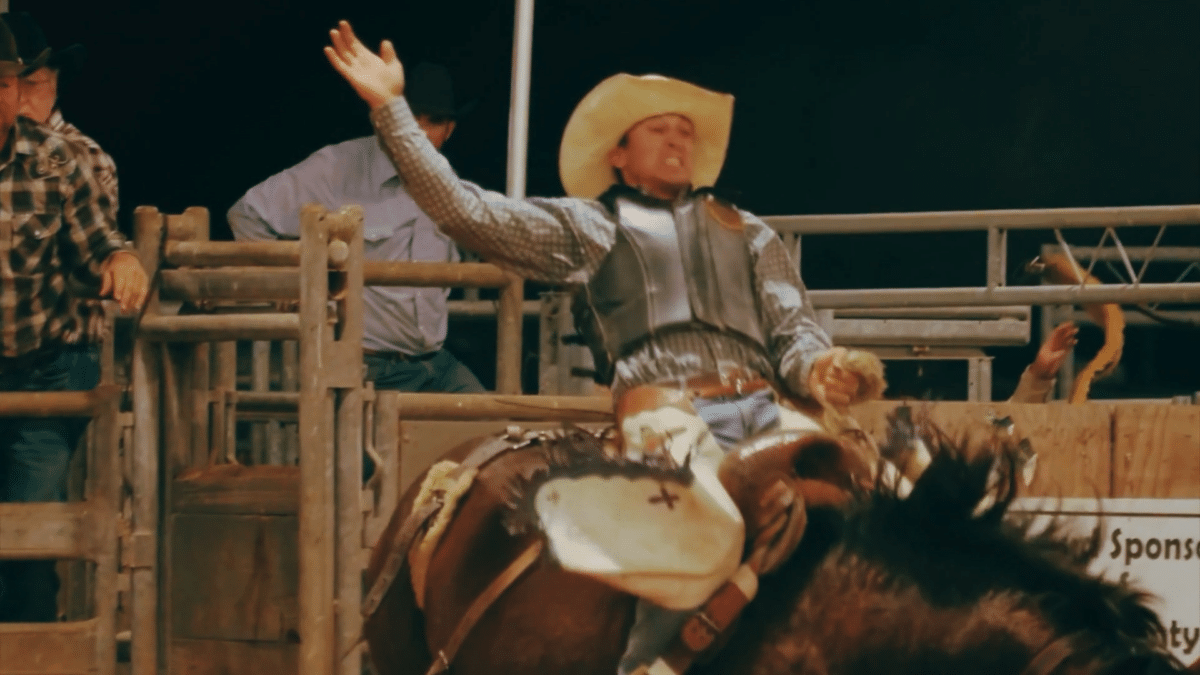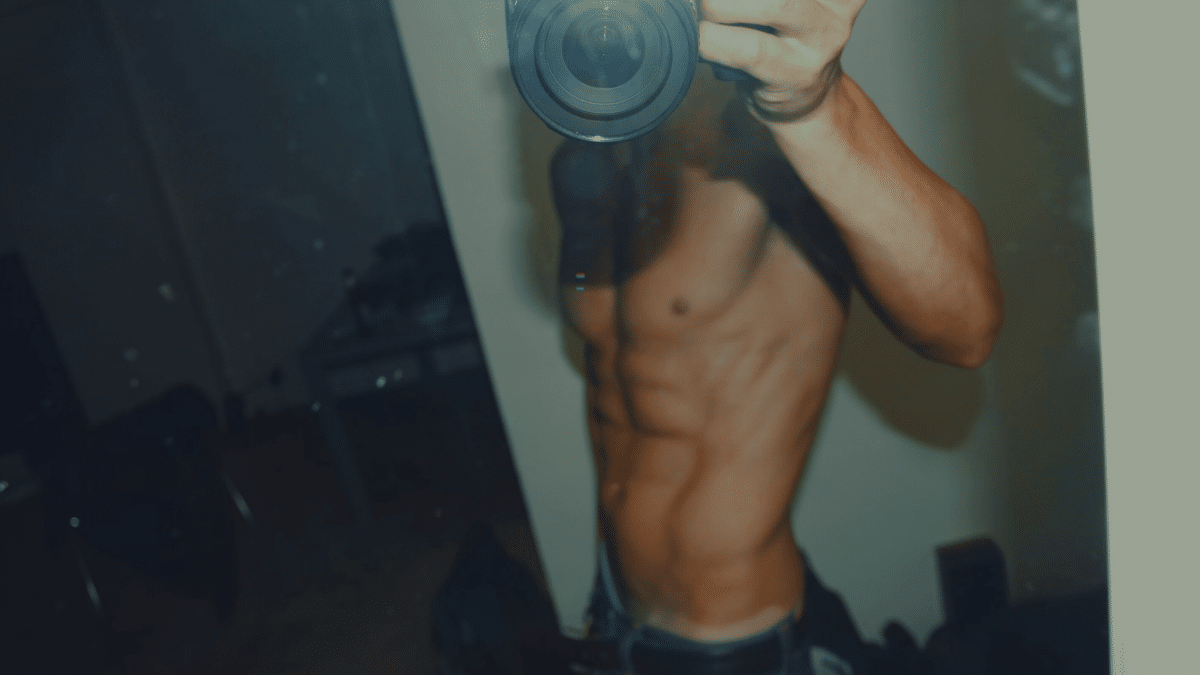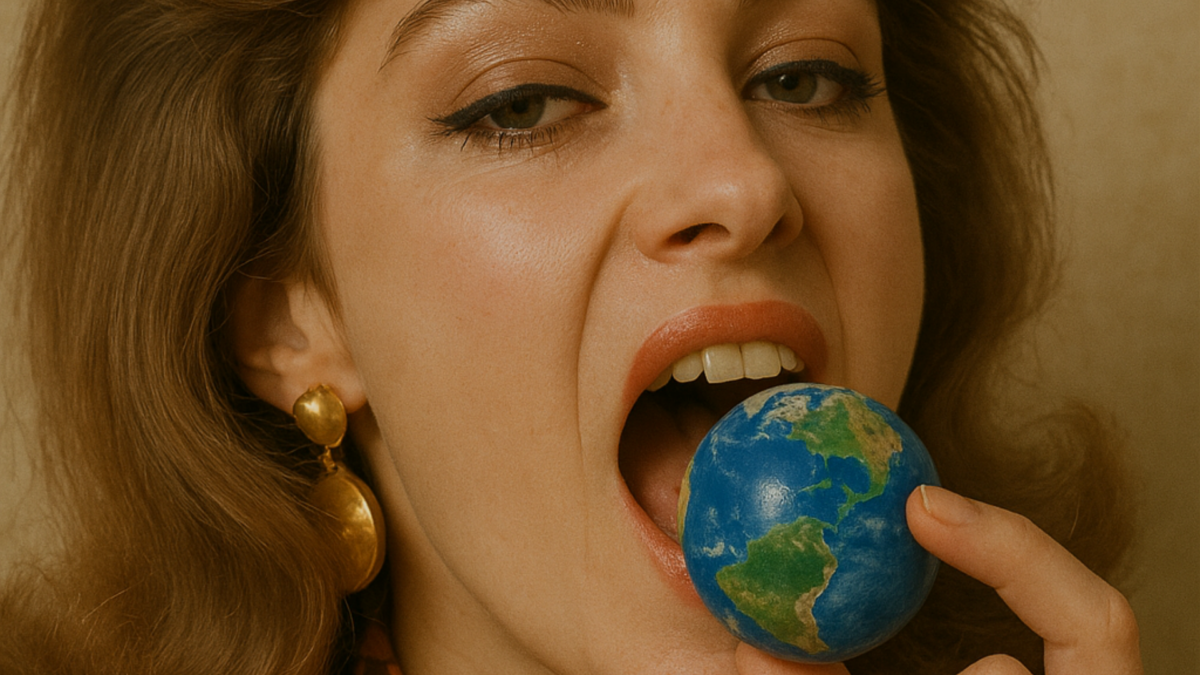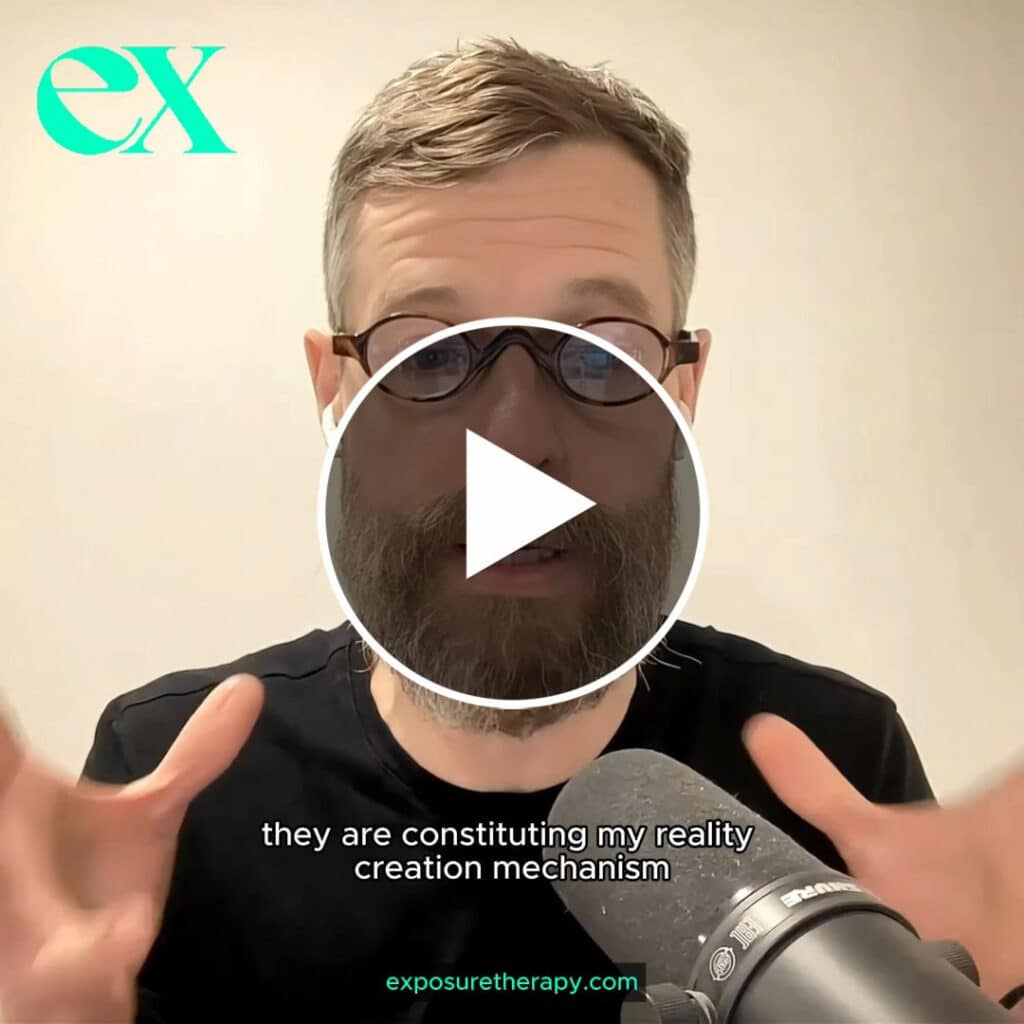I had the very good fortune of being among my people this past week. Really among them, in the flesh. It’s easy to take zoom meetings from my desk all day long and think I’m putting myself out there, but I haven’t really put myself out in the physical world in a while. I’ve been busy raising three children and two businesses, and insulating myself from the friction-ful events that make magic. That kind of magic requires unstructured time that I am finally regaining.
It was Cannes Lions week and I was there to give a talk on my Psychotechnology report off the Croisette. There were plenty of panels and presentations to attend, but I focused on one-on-one, face-to-face conversations in bars, restaurants and beaches. It’s not very often that so many people who inspire me are in the same place at the same time, and I wanted to soak them up.
There was one conversation in particular that dominated my week: the question of construction vs. deconstruction.
At dinner with two of my community members, Jon Crowley and Christine Olivas (whose minds have meaningfully influenced me these past few months), we started talking about the gray zones of plastic surgery. What does it say about us as a culture that plastic surgery has become so ubiquitous? How are we pushing the domains of desire and beauty? Where and why are we going too far?
And as it always is in these conversations, I found myself pushing back against the idea that we have to draw a line between acceptable and unacceptable. Between allowed and not allowed.
It seems that the more I’ve grown as a strategist and cultural futurist, the harder I find it to label things as patently wrong. I find it increasingly more difficult to choose a spot on the spectrum of human experience and say, We cannot cross this point. To people like me, it is all a construct and it is all relative.
The more I learn the less I can claim certainty, and yet for other strategists, the more they learn the more certain they become of the way things should be. Or as Christine said, “Some of us free thinkers love to be able to draw the moral line and say things are wrong. But you as a free thinker love to be able to draw the moral line and say things are right.”
Christine understands something. When people in our field immerse themselves deeply in culture and markets, they often arrive at one of two instincts.
Some come to understand people so intimately that they feel called to shape the world more intentionally, to build frameworks, movements, and futures. These are the gods.
Others come to understand people so intimately that they hesitate to impose anything at all, choosing instead to unmake, to hold space for ambiguity, and to welcome contradiction without collapse. These are the ghosts.
Both begin from the same place of deep respect, but they diverge in what they believe that respect demands.
You either construct the world or deconstruct yourself.
Clashing of the Gods
While we were in Cannes, the Vatican was busy. Pope Leo XIV (who chose his papal name to signal a moral reckoning with the tech age, much like Leo XIII did with the Industrial Age) delivered a written message to the Second Annual Rome Conference on AI, Ethics, and Corporate Governance as well as a public speech at the Jubilee of Governments Summit.
In both places he warned that unchecked technological progress, no matter how well intentioned, could corrode human dignity, displace moral judgment, and concentrate power in the hands of the unelected and unaccountable.
But Silicon Valley’s AI elite have been courting the Pope and his predecessors for years, hoping that a photo-op with moral authority might smooth over the existential questions their inventions raise. A blessing, or at least a delay in damnation, would be highly beneficial right now.
When gods begin negotiating with one another, it’s really about jurisdiction. Who gets to shape the soul and myth of the future, and who owns the platform they run on.
The Vatican brings a century of moral infrastructure while Silicon Valley brings speed and scale. The power to define reality is up for grabs right now, and both are vying to shape what it means to be human.
There is a vacuum of real godhood at the moment. There is a visible hunger across every corner of culture to choose our gods and draw the moral line. Institutions, companies, founders, brands… everyone is reaching for that authority. But the question we’re not asking is Who has earned it?
Not all gods are created equal. I’ve come to believe that the only gods worth listening to are the ones who were ghosts first. The ones who let themselves dissolve a little before deciding what to shape, willing to sit inside contradiction long enough to see what might emerge from it.
Maybe the Church has some of that in its posture now. Maybe not. But I know that in our line of work, it’s dangerously easy to skip that step.
Beware of those who aim to be gods but were never ghosts. Those who go straight to building, naming, claiming, whether they are mere strategists or entire world builders. They will build too quickly on unexamined foundations, and risk missing the paradoxes that hold new truths. They will mistake momentum for meaning.
Ghosthood may read like hesitation on the surface, but I can tell you it’s really a discipline of depth. It’s what allows you to hold paradox without defaulting to easy answers. You need to see the full arc of the human experience if you want to avoid unintended consequences down the line. The lesson every misguided god has to learn in every sci-fi movie is that creating a utopia is never as simple as it seems.
But ghosthood also frees your imagination. When you spend enough time letting go of your assumptions and beliefs, you also become free from reactive thinking. Letting go of old assumptions and inherited logic makes space for net-new futures. That’s how actual progress happens. Not by iterating on what’s already broken, but by stepping outside the mental architecture of the problem entirely, to paraphrase Einstein.
The world is only becoming more fragmented. If you don’t believe me, watch some recent Candace Owens or Tucker Carlson videos. Belief systems are diverging and getting more nuanced. Reality itself is up for debate. If you don’t learn to hold contradictory truths, you’ll just be reinforcing silos.
Look at any of the gods around you – the brands, the elected officials, the thinkers in the c-suite – and you will find it pretty easy to see which came through ghosthood and which skipped that step altogether.
The Spiritual Burden of Beauty
The Dove ‘Real Beauty’ campaign just won’t quit. 20 years after its inception, it just won its third Grand Prix last week, the highest honor awarded at the Cannes Lions International Festival of Creativity.
Surely something that has lasted this long means there is something true and good here. And there is. Dove’s Self-Esteem Project, their commitment to never using distorted or AI enhanced images, and their ongoing work in schools and creator communities are all worthy initiatives borne of this decades old Ogilvy campaign. There is no doubt they have effected change.
But that change pales in comparison to what they could have actually done these past two decades.
‘Real Beauty’ is a campaign that tells women to love themselves in a world that tells them to hate themselves. A world that punishes aging, rewards thinness, exoticizes difference, and commodifies desirability. A world where failing to conform can mean social exclusion and diminished safety (that last one cuts both ways).
But the problem with this message has always been the same. Instead of tackling the massive financial, social and spiritual machines that weaponize a very narrow standard of beauty, Dove simply puts the onus back on the individual.
Love yourself! Ignore the haters! Do not let yourself be crushed under the infinitely financed beauty industrial complex! We are to believe our tiny, fragile little hearts are stronger than a 24/7 onslaught of advertising psychology and social comparison.
It’s a flimsy argument, but the real problem is that it also implies its opposite. Loving yourself means you should not want to change yourself. And if you do change yourself… when then, it must mean you hate yourself.
But beauty is something that humans have always sought, and beauty in itself is not wrong. We need beauty, it gives life meaning. I’m not just talking about sunsets and pretty flowers. I’m talking about vanity-beauty. My 3-year old daughter, who grew up with two older brothers and no princess movies, still loves to adorn her body in sparkly things and worship herself in the mirror. I don’t know where she got it except from within herself. She loves being beautiful in a way that is deeply true to her.
Tressie McMillan Cottom says, “Beauty would be a useless concept for capital if it were only a preference in the purest sense. Capital demands that beauty be coercive.”
In the culture around the Dove girl, the brand gestures at change but rarely builds toward it. They name issues like AI distortion, but don’t define clear ideals to replace the broken ones.
Not all women can compel themselves to feel beautiful in a world like this, and it’s unfair to ask them to. When we do that, we demand that they both resist the need to fit into a beauty ideal, and yet still be happy to deal with the punishment of not being desirable. Vanity, enhancement and plastic surgery are more often a rational adaptation to a system where both resistance and compliance are punished.
Women are asked to reject impossible ideals while still being measured against them. And in that double bind, there’s no room for a truth that’s even harder to map: sometimes, people change themselves simply because they want to. For themselves, not because they hate themselves but just maybe because they like themselves.
But there is no room for that wrinkle in the Real Beauty story, and It’s all an impossible tradeoff that leads to nothing actually changing.
If Dove isn’t going to tackle the real problem, that’s fine, I get that, but I don’t think enforcing a new emotional script is the right answer either. I think we need to deconstruct instead, and tell women that no matter how they feel about themselves, whether it be ambivalent, angry, exhausted, joyous or at peace, it’s okay. There is no right way to live inside this body, in this culture.
That doesn’t make for an easy campaign, but it does make for an honest one. If this is ‘real beauty’ then that’s where we need to go. What we need isn’t a new message about beauty, but a loosening of the grip beauty holds on everything. A way to live beyond the binary of self-love or self-loathing, and into something messier, truer, and far more free.
This is what it looks like when we construct too soon and deconstruct too late. How can we leapfrog straight to self-love when we have not first examined the gray area of survival, compromise, resentment, pleasure, pain, and all the emotions tangled up in how women relate to their appearance… let alone the massive institutions that depend on holding those emotions in place? It seems the gods may have come in too early for this one, and the ghosts never showed up.
The Season You’re In
Toward the end of the week I had a long chat with my friend Matt Klein where we talked about our deconstructionist, ghost-like tendencies. We discussed what happens to strategists when they immerse themselves so deeply in culture that they can no longer see the world as fixed.
The world is not suffering from a lack of conviction. It is suffering from an excess of it. We are drowning in hot takes and declarations. But what we’re actually starving for is ghosthood. For people and brands and movements that are brave enough to pause and not know for a while. That’s what real gods emerge from.
Matt’s work has always influenced me because I can feel just how honest he is in his pursuit of insight, and how capable he is at holding many truths at once. But even Matt’s work is starting to look more god-like to me. I can feel the construction that is starting to take hold in his writing. In fact, I see it among many of the people I met last week and in nearly all of the conversations I had. And if you’re anything like me, it points to something we need to all remember: you cannot, and should not, stay a ghost forever.
We need people like Christina, John and Matt helping shape new futures because their visions are the ones that can actually get us to where we need to go. They have done the work. They deconstructed until they were ready to start constructing something truly meaningful.
Because for all the problems we see when you become a god without being a ghost first, there is an even bigger risk: never becoming a god at all.
It’s easy for people like me to get comfortable with a deconstructist mindset and just stay there, but if you’re truly in the pursuit of serving people, understanding and creating space for all the contradictions and multiple truths is only half the problem.
The harder work is building new systems that actually codify those spaces. The real burden is creating systems that reconcile the need for unity and shared meaning with the reality that our technologies, our politics, our beliefs, and even our basic human behaviors are pulling us in seemingly opposite directions. Those tensions are only growing.
If you really care about solving that, you can’t just be an observer. That’s a copout. You can’t just deconstruct, as much as we’d love to believe that’s enough. It isn’t. It takes more than that. It takes a willingness to try and play god.
If you’re a strategist, the real work is knowing what season you’re in and not getting stuck in one or the other. Knowing when to dissolve and when to decide. When to unmake and when to make new forms.
That ebb and flow is what makes the difference between flashy work and world-changing work.

















